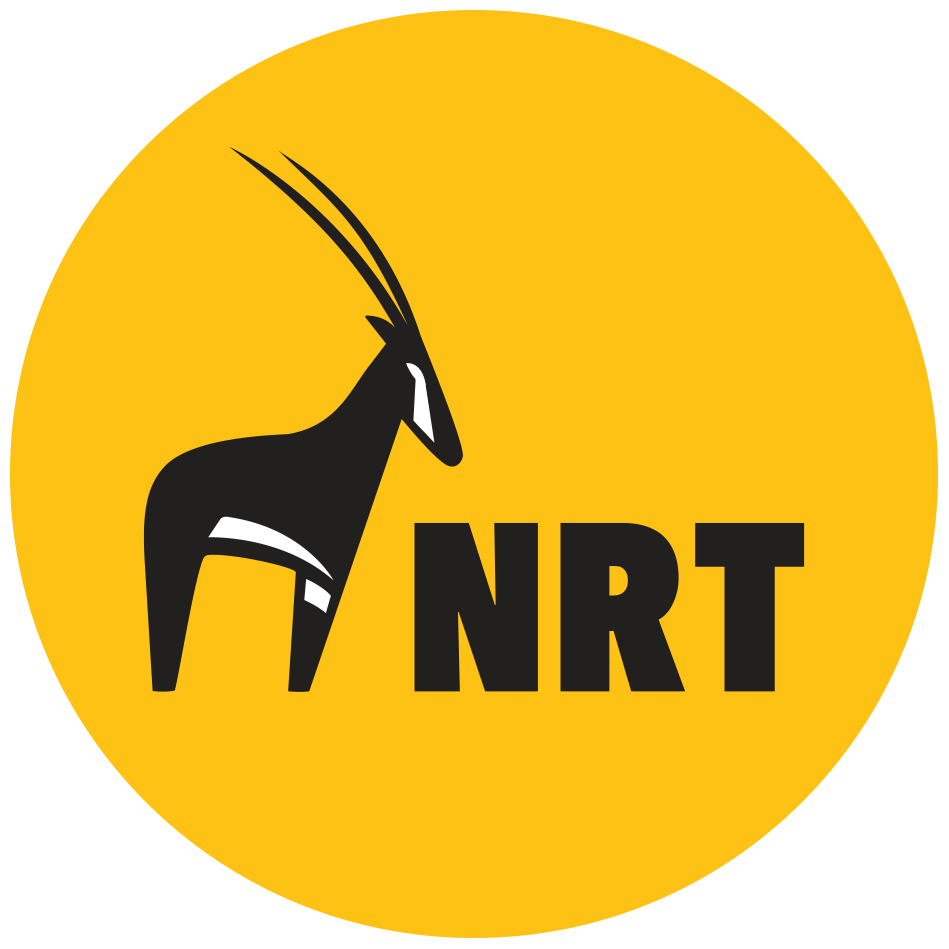Pate Marine Scouts Rescue Sea Turtle Just in Time
This is the heart-breaking moment, Pate Marine Community Conservancy (PMCC) marine scouts came across a green sea turtle (Chelonian Mydas) completely entangled in a fishing net while out on patrol on 8th April 2020.
PMCC scout and Shanga Ishakani BMU Chairman untangling a green turtle from a set gillnet. Photo Credit ©PMCC
Although sea turtles can hold their breath for several hours, they eventually need to surface the water for oxygen. Tragically, this is how so many turtles drown in underwater fishing nets.
But thanks to the community Beach Management Unit patrol team at Shanga Ishakani on Pate Island, and the Pate Marine Community Conservancy marine scouts – this one was saved and returned to the ocean.
All 8 species of sea turtles are either threatened, vulnerable or endangered, from fishing activities, ocean pollution, predation, disease, habitat loss, poaching and egg harvesting.
Four species of sea turtles are known to nest within the Western Indian Ocean region: the green turtle (endangered), the hawksbill turtle (critically endangered), the olive ridley turtle (Vulnerable) and the loggerhead turtle (Vulnerable). The Lamu archipelago provides the most significant nesting beaches for sea turtles along the Kenyan coast, supporting more than half of reported nesting. Sea turtle nesting occurs all year round but peaks peaking during March–July.
Community conservancies at the coast are working to help protect turtles in several ways.
1. Monitoring
Last year, Pate and Kiunga scouts received training on the bespoke Marine Conservancy Management and Monitoring System (Marine - CoMMS) that NRT have developed in collaboration with partners. Marine CoMMS is a simple, cost-effective way for conservancies to collect and monitor trends in wildlife abundance, illegal activities, and wildlife mortality. This data helps conservancies to shape and adapt their management approach, highlighting priorities, successes and sometimes failures. Data is shared with the Kenya Wildlife Service.
In 2019, marine scouts completed coral reef monitoring surveys – a specialised database for which is being developed by The Nature Conservancy for automated analysis and reporting of data by conservancies. For Pate Island, this will help inform more strategic and targeted turtle conservation measures, as well as helping to ensure more sustainable fisheries management.
2. Patrols
Scouts in Pate have been working with partners and relevant authorities to intensify patrols in certain fish, mangrove and turtle hotspots. They work closely with Pate Island Beach Management Units, too, increasing community ownership and investment in conservation efforts.
What is a Beach Management Unit?
Beach Management Units (BMUs) are a governance structure that allow for a collaborative approach to fisheries management. They are made up of fishers, fish traders, boat owners, fish processors and other stakeholders who traditionally depend on fisheries activities for their livelihoods. BMUs are governed using the Kenya Fisheries Management and Development Act 2016 and the BMU Regulations of 2007, through their internal administrative rules (by-laws) approved by the BMU assembly and the Director of Fisheries.
3. Raising awareness –
When they conduct joint patrols with key security agencies (County Government of Lamu, Kenya Wildife Service, Kenya Forest Service, Kenya Fisheries Service), PMCC scouts are also raising awareness amongst the communities they visit on the effects of using destructive fishing gear – both on wildlife, but also on the fisheries which local economies rely upon.
Overall turtle mortality reported by conservancies has decreased significantly since 2016 as conservancies have placed increased focus on monitoring and protection. There were 15 turtle deaths reported in PMCC in 2017, last year however, there was only one recorded incident of turtle poaching, with two other turtle deaths recorded as bycatch/ natural/unknown causes.
Weighing up to 300 kilogrammes and reaching shell lengths of 5 feet, green turtles are the most common in Kenya and one of the largest sea turtles in the world.
Through joint co-management areas, PMCC and BMUs are identifying sea turtle feeding grounds enforcing gear restriction zones using local by-laws. In these areas, setting of large mesh-size gillnets (locally known as ‘malasha’) have now been restricted to reduce unintended fishing (by-catch) of sea turtles and marine mammals. Besides this, PMCC and Pate, Shanga Ishakani and Shanga Rubu BMUs have already successfully established four Locally Managed Marine Areas (no-take-areas and temporary octopus closures) to protect critical habitats and improve fish populations.
“We are starting to see more and bigger fish as a result of protecting our valuable habitats and promoting sustainable harvesting of our fisheries and mangroves”, said Mahamoud Madi, a PMCC board member and executive committee member of Shanga Ishakani BMU.
We are grateful to our supporters and partners: TNC, USAID, DANIDA, FFI, County Government of Lamu, KeFS, KFS, KWS, KMFRI





